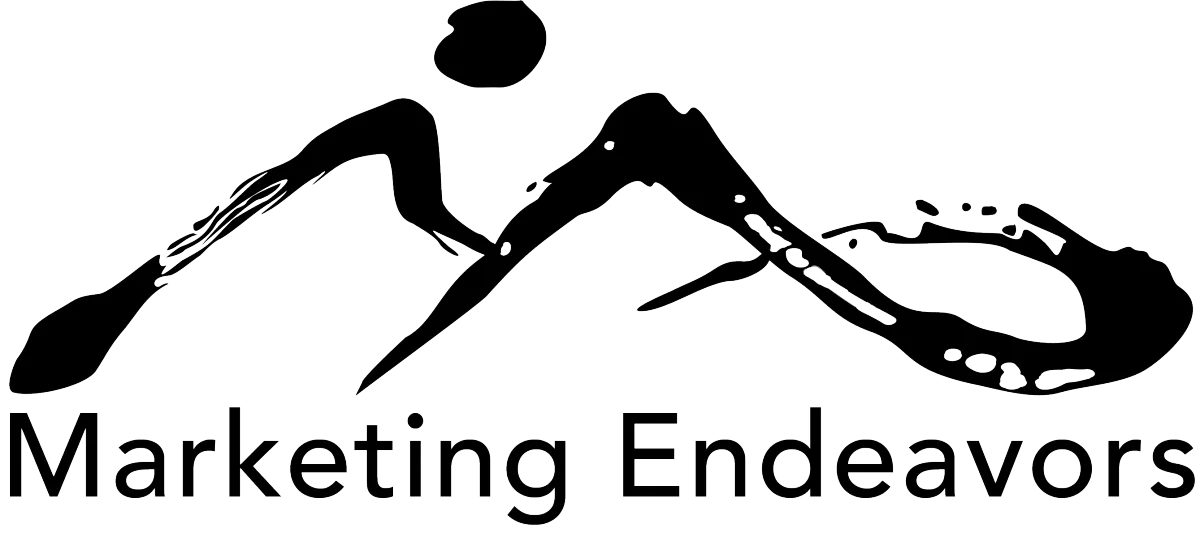
The Innovation Imperative: Navigating Business Growth in 2025
In 2025, businesses are at a pivotal juncture. Rapid technological advancements, shifting consumer expectations, and evolving global markets present both opportunities and challenges. Companies that fail to adapt risk being outpaced by more agile, innovative competitors. Conversely, businesses that embrace innovation are well-positioned to lead in a dynamic and competitive environment.
Innovation is an essential requirement for achieving long-term success. But what does it mean to innovate in today’s fast-paced world? And why is it critical for businesses to focus on creativity and fresh thinking to drive sustainable growth?
The Current Innovation Landscape: A Year of Transformation
The business landscape in 2025 is shaped by key global trends that are driving innovation across industries. Here are some of the most notable trends influencing how businesses approach growth and transformation:
AI and Automation: In 2025, artificial intelligence (AI) and automation are fundamentally transforming business operations. According to a recent report from the World Economic Forum, 84% of business leaders say they are investing heavily in AI to improve decision-making, enhance customer experiences, and streamline operations. AI-powered tools like predictive analytics, machine learning algorithms, and automation systems are enabling businesses to make smarter, faster decisions and cut down on costs, all while improving efficiency.
In industries like manufacturing, logistics, and healthcare, automation is helping companies boost productivity, reduce errors, and offer real-time insights. AI-driven automation tools are also being integrated into customer service and support systems, where chatbots and virtual assistants are handling a growing number of queries, allowing human agents to focus on more complex issues.
The challenge for businesses now is not just adopting AI but doing so in a way that integrates seamlessly with existing systems. Companies that can harness the full power of AI while maintaining a human touch in customer interactions will gain a significant competitive edge.
Sustainability and the Circular Economy: In 2025, sustainability is at the forefront of corporate agendas. Consumers are increasingly demanding that companies prioritize eco-friendly practices, and regulations are becoming stricter on carbon emissions and waste management.
Companies are responding by adopting circular economy models, which focus on designing products and services that reduce waste and make the most of existing resources. Brands like Patagonia and IKEA are leading the way in this space. Patagonia has long been committed to sustainability with its recycled materials, while IKEA has pledged to make all of its products recyclable by 2030.
The UK is also making waves in this area. The country is investing heavily in circular economy initiatives, such as Project Re:claim, a program aimed at creating a closed-loop system for textiles, and the Circular Fashion Innovation Network, which supports businesses working to revolutionize textile recycling. For companies across various industries, embracing sustainability is no longer just about fulfilling consumer demands; it’s also about driving innovation in how they design, produce, and recycle their products.
Businesses that embrace the circular economy are not only benefiting from operational efficiencies but are also developing stronger, more loyal customer relationships. For instance, brands that offer take-back schemes or use recycled materials are seen as more committed to long-term environmental sustainability, which can help build customer trust and loyalty.
Remote Work and Hybrid Work Models: Remote work, once considered a temporary solution during the COVID-19 pandemic, has now become a permanent fixture in many organizations. A recent survey by McKinsey showed that nearly 70% of employees in industries like tech, finance, and healthcare want the flexibility to work remotely at least part-time in the future. This shift has led to the rise of hybrid work models, which combine in-office and remote work.

For businesses, this has created both challenges and opportunities. On one hand, remote collaboration tools like Slack, Zoom, and Microsoft Teams have become indispensable for communication. On the other hand, maintaining employee engagement, fostering company culture, and ensuring productivity in a distributed workforce require new, innovative approaches to leadership and management.
Companies are also investing in virtual collaboration platforms that simulate office environments to help remote workers feel more connected to their teams. Innovations in virtual reality (VR) and augmented reality (AR) are helping companies bridge the gap by creating more immersive and engaging ways for remote teams to collaborate.
For organizations, embracing remote and hybrid work models means rethinking traditional business structures. Those that can adapt their processes and technologies to suit a remote-first world will likely see improved talent retention, lower overhead costs, and a more agile workforce.
Building a Culture of Innovation
To navigate these shifting landscapes successfully, businesses must foster a culture of innovation. This involves creating an environment where creativity and experimentation are encouraged, and failure is viewed as a learning opportunity rather than a setback. Leaders play a critical role in shaping this culture by setting clear goals, encouraging risk-taking, and providing employees with the resources they need to bring their ideas to life.
Key aspects of building an innovation-driven culture include:
Collaboration: Encouraging cross-functional collaboration is essential for driving innovation. When teams from different departments work together, they bring diverse perspectives, which can lead to more creative solutions. Companies that break down silos and create environments for collaboration are often better equipped to solve complex challenges and generate fresh ideas.
Empowering Employees: Companies that empower employees to take risks and experiment are more likely to develop innovative products, services, and business models. Providing employees with autonomy, resources, and support fosters an entrepreneurial mindset that can lead to breakthrough innovations.
Continuous Learning: As the pace of technological change accelerates, ongoing learning is crucial. Training programs, workshops, and access to the latest tools and technologies can help employees stay ahead of the curve. Businesses that invest in continuous development opportunities are better positioned to leverage the latest innovations and remain competitive in their industries.
Innovation and Business Growth: The Path Forward
As we move through 2025, businesses must recognize that innovation is no longer just a strategic advantage; it’s a necessity for survival. Companies that fail to innovate will find themselves at a disadvantage, as newer, more nimble competitors disrupt established markets.
However, innovation doesn’t always require massive investments or revolutionary breakthroughs. Often, it’s about identifying opportunities for incremental improvements that, over time, lead to significant transformations. For example, companies that continuously refine their customer experience, optimize their supply chain with AI, or adopt lean management techniques can improve their operations and strengthen their market position.
Moreover, businesses must embrace the fact that innovation is not a one-time event—it’s an ongoing process. Whether through AI-driven insights, sustainability practices, or new ways of engaging customers, businesses must continuously adapt and evolve to stay ahead of the competition.
The most innovative companies in 2025 will be those that not only leverage the latest technologies but also build a resilient organizational culture that encourages creativity, experimentation, and adaptability. These companies will navigate the complexities of the digital age and emerge as leaders in their respective industries.
Conclusion: Embrace Innovation to Stay Ahead
The business world in 2025 is defined by change and disruption. To thrive, companies must not only respond to these shifts but actively drive innovation within their organizations. By embracing new technologies, fostering a culture of creativity, and continuously refining business models, businesses can position themselves for long-term success.
Innovation isn’t just about keeping pace with the latest trends; it’s about creating the future. By building more sustainable, customer-focused, and agile organizations, businesses can unlock new sources of growth, strengthen their competitive advantage, and thrive in the ever-changing landscape of the modern economy.

